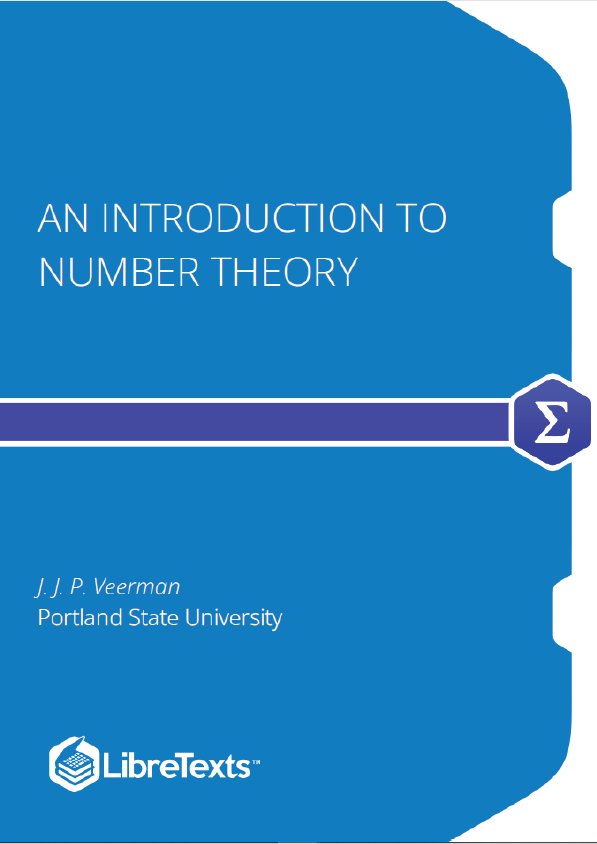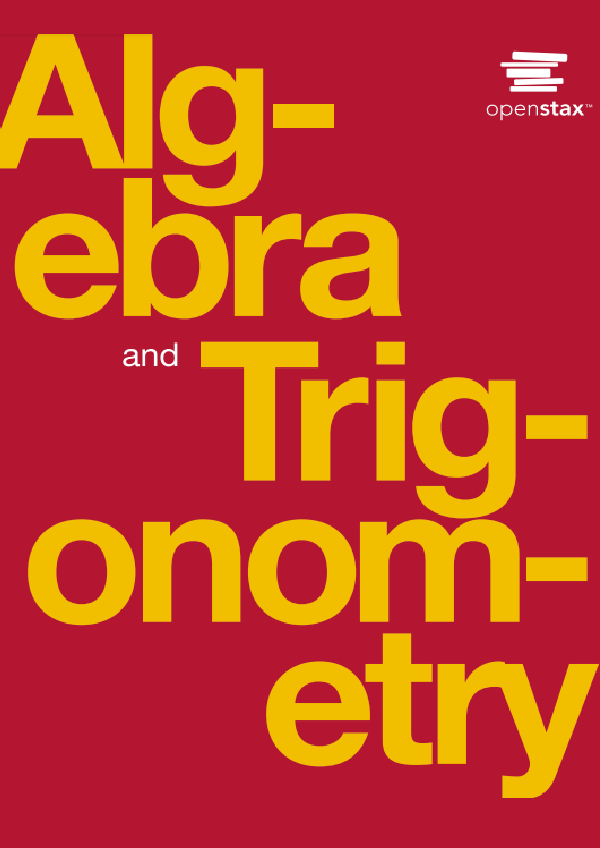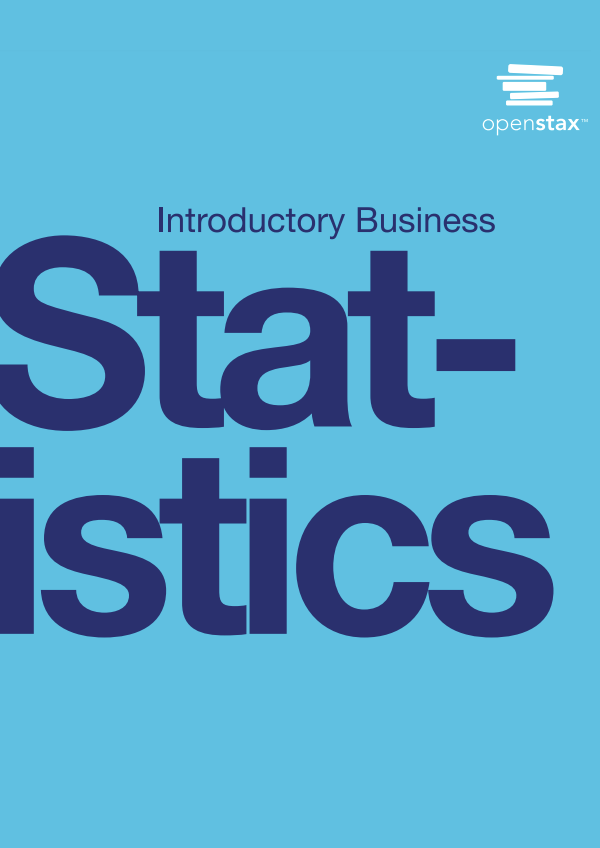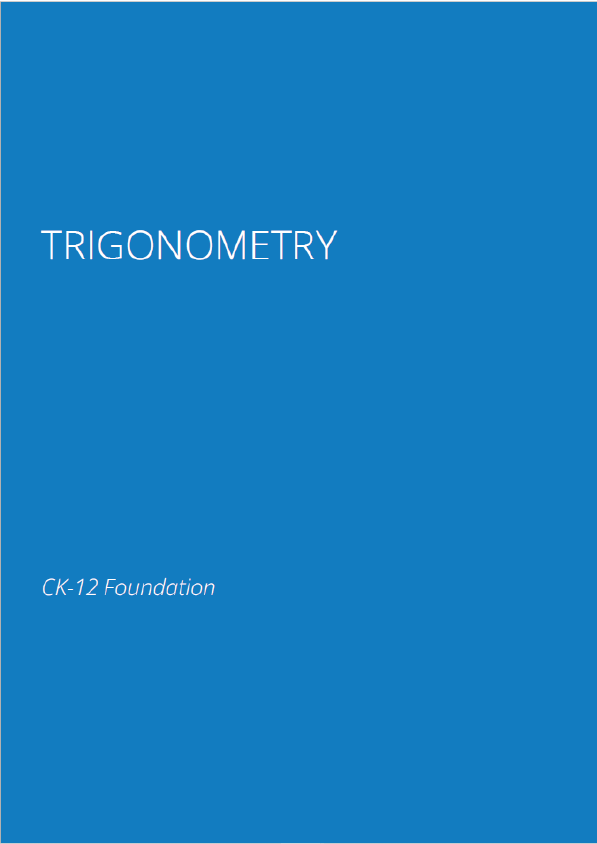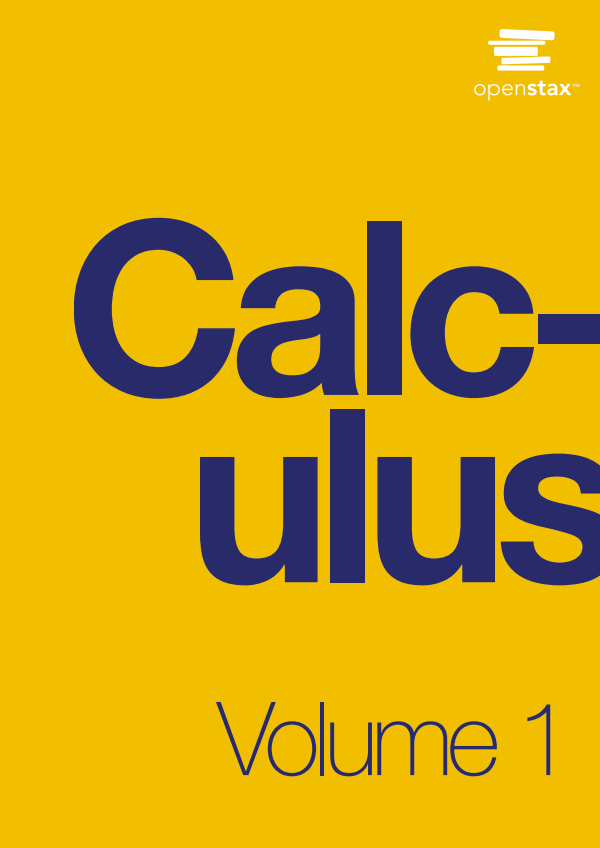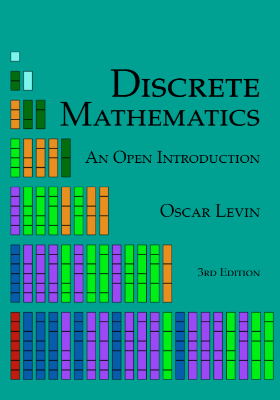This book, which presupposes familiarity only with the most elementary concepts of arithmetic (divisibility properties, greatest common divisor, etc.), is an expanded version of a series of lectures for graduate students on elementary number theory. Topics include: Compositions and Partitions; Arithmetic Functions; Distribution of Primes; Irrational Numbers; Congruences; Diophantine Equations; Combinatorial Number Theory; and Geometry of Numbers.
On the Distribution of Quadratic Residues
A large segment of number theory can be characterized by considering it to be the study of the first digit on the right of integers. Thus, a number is divisible by if its first digit is zero when the number is expressed in base . Two numbers are congruent (mod ) if their first digits are the same in base . The theory of quadratic residues is concerned with the first digits of the squares. Of particular interest is the case where the base is a prime, and we shall restrict ourselves to this case.
Diophantine Equations
Volume 2 of Dickson’s History of the Theory of Numbers deals with Diophantine equations. It is as large as the other two volumes combined. It is therefore clear that we shall not cover much of this ground in this section. We shall confine our attention to some problems which are interesting though not of central importance.
Combinatorial Number Theory
There are many interesting questions that lie between number theory and combinatorial analysis. We consider first one that goes back to I. Schur (1917) and is related in a surprising way to Fermat’s Last Theorem. Roughly speaking, the theorem of Schur states that if n is fixed and sufficiently many consecutive integers 1, 2, 3, . . .
Geometry of Numbers
We have already seen that geometrical concepts are sometimes useful in illuminating number theoretic considerations. With the introduction by Minkowski of geometry of numbers a real welding of important parts of number theory and geometry was achieved. This branch of mathematics has been in considerable vogue in the last 20 years, particularly in England where it was and is being developed vigorously by Mordell, Davenport, Mahler and their students. We shall consider a very brief introduction to this subject. First, we shall examine a proof of the fundamental theorem of Minkowski due to Hajos (1934), then we shall discuss some generalizations and applications of this theorem, and finally we shall investigate some new results and conjectures that are closely related.
